SOURCE: IDRW.ORG TEAM


Saab India’s Marketing Director for Aeronautics, Rituraj Tyagi, has highlighted the Gripen E’s unique ability to remain relevant in the future through its continuous upgradeability. Tyagi emphasized that fighter aircraft should be adaptable to rapidly evolving technology and that the Gripen E has been designed to meet this challenge.
One of the Gripen E’s key features is the separation of software and hardware upgrades. This allows for independent modifications, ensuring that the aircraft can keep pace with advancements without requiring extensive changes to both systems. A small panel on the aircraft enables ground crews to easily load new software, including both mission-critical and flight-critical functions.
Continue readingSOURCE: RAUNAK KUNDE / NEWS BEAT / IDRW.ORG


The induction of INS Arighat, India’s second nuclear-powered ballistic missile submarine (SSBN), has significantly enhanced the country’s nuclear triad. However, naval officials, speaking anonymously to idrw.org, have cautioned that India has yet to establish continuous at-sea deterrence, a strategic capability that ensures at least one SSBN is always on patrol, ready to launch a retaliatory nuclear strike.
The commissioning of INS Aridhaman, the third SSBN in the Arihant class, is expected to be a pivotal moment for India’s nuclear deterrence strategy. This submarine, with a 1000-ton additional displacement and codenamed S4, is scheduled to join the Navy in 2025. Aridhaman will allow India to achieve continuous at-sea deterrence, a coveted capability that requires at least one SSBN to be on patrol at all times.
Continue readingSOURCE: RAUNAK KUNDE / NEWS BEAT / IDRW.ORG
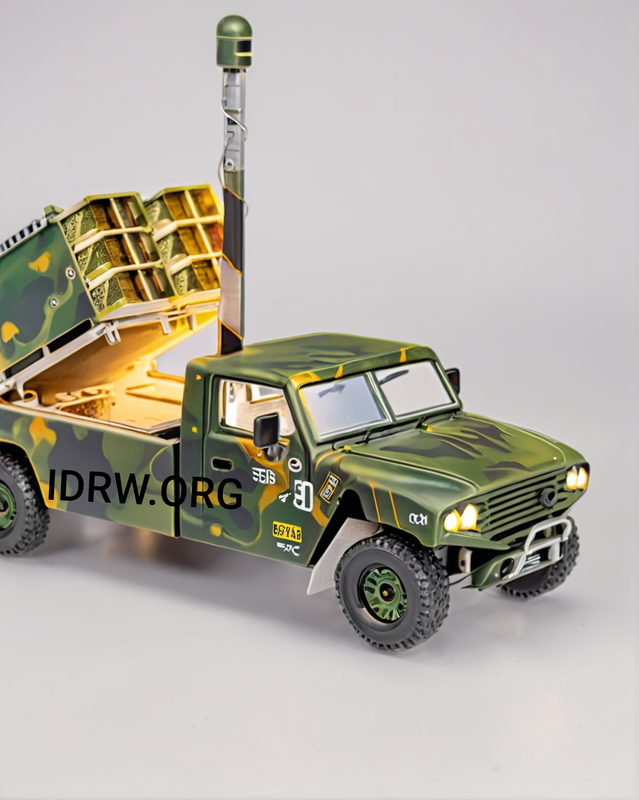

In a significant development aimed at enhancing the Indian Army’s capabilities, the military is currently engaged in discussions with the Defence Research and Development Organisation (DRDO) to develop a new UAV-Launched Precision Guided Missile (ULPGM) V3. The proposed missile, designed to be mounted on Light Motor Vehicles (LMVs), promises to provide infantry units with a potent weapon system for assaulting enemy positions.
The ULPGM V3, a successor to the already inducted ULPGM V1, is expected to offer a significantly increased range compared to its predecessor. While the V1 boasts a range of 4 kilometres, the V3 is likely to have a range of nearly 12 kilometres. This extended range will enable the missile to strike targets at a greater distance, enhancing the safety of troops.
Continue readingSOURCE: RAUNAK KUNDE / NEWS BEAT / IDRW.ORG


Armoured Vehicles Nigam Limited (AVNL), a leading manufacturer of armored vehicles in India, has issued an Expression of Interest (EOI) for the design and development of a 400-horsepower (HP) power pack for the BMP II tracked vehicle. This upgrade aims to significantly enhance the performance and capabilities of the BMP II, a widely used infantry fighting vehicle in the Indian Army.
The current power plant in the BMP II is a diesel UTD-20/3 engine, which produces 285 HP. The new 400 HP power pack will provide a substantial increase in power, enabling the BMP II to achieve higher speeds, improved acceleration, and better maneuverability across various terrains.
Continue readingSOURCE: IDRW.ORG


Tata Motors has unveiled a new variant of its WHAP 8×8 (Wheeled Armoured Amphibious Platform), which is set to be delivered to the Moroccan Armed Forces under a contract for 150 units. This development marks a significant milestone for Tata Motors, which has been making strides in the global defense market with its versatile range of military vehicles. The WHAP 8×8 is gaining attention due to its adaptability and combat capabilities, and the Moroccan deal highlights Tata’s growing influence in North Africa.
One of the key modifications observed in the newly revealed WHAP 8×8 model for Morocco is the shift from a Right-Hand Drive (RHD) system, as used in the Indian variant, to a Left-Hand Drive (LHD) configuration. This change is in line with Morocco’s traffic regulations and operational requirements, demonstrating Tata Motors’ flexibility in adapting its products to meet the specific needs of international customers.
Continue readingSOURCE: IDRW.ORG TEAM
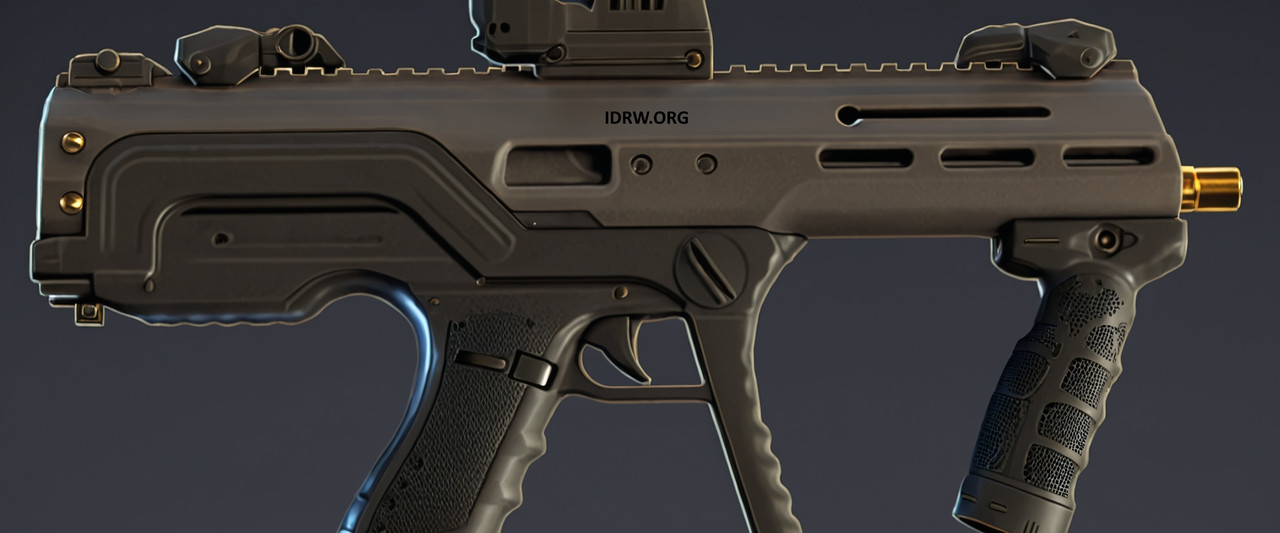

Lokesh Machines Limited, a leading manufacturer of firearms and ammunition, has achieved a significant milestone by delivering an order of 550 9×19 mm submachine guns (SMGs) known as ASMI to the Northern Command of the Indian Army.
The company secured the order, valued at Rs 4.26 crore, in mid-June 2024. The development of the ASMI SMG was spearheaded by Col Prasad Bansod from the Infantry School, Mhow, with crucial support from the Defense Research and Development Organization’s (DRDO) Armament Research & Development Establishment (ARDE) in Pune.
Continue readingSOURCE: RAUNAK KUNDE / NEWS BEAT / IDRW.ORG
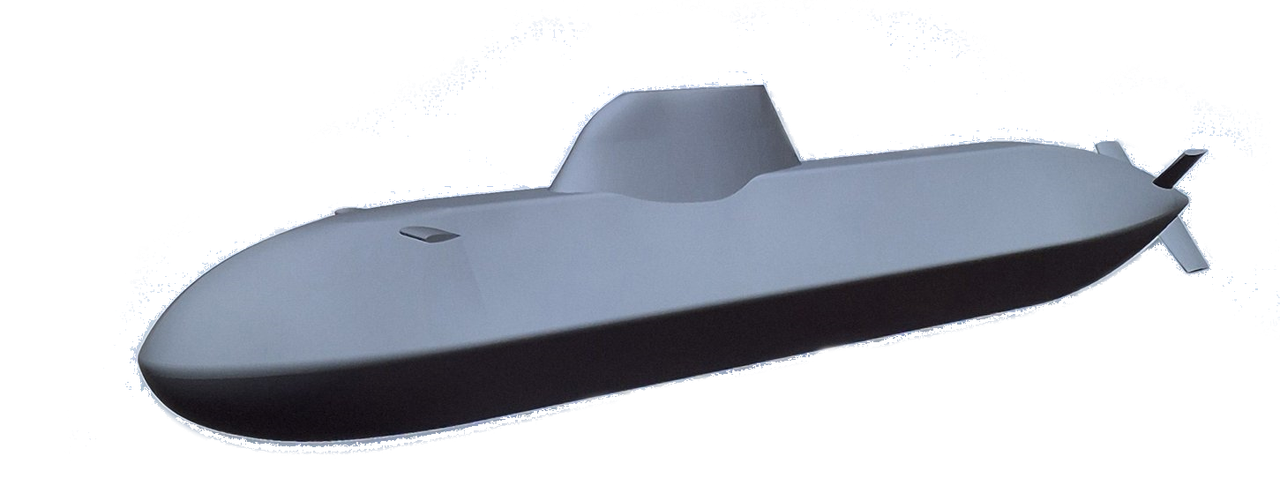

The Indian Navy is set to award a contract for the local manufacturing of six diesel-electric submarines to Mazagon Dock Shipbuilders Limited (MDL) in partnership with ThyssenKrupp Marine Systems (TKMS) of Germany. The German submarine was selected over competing bids from the Spanish shipyard and Larsen & Toubro (L&T).
The Indian Navy was impressed with the German submarine’s performance during field evaluation trials (FET), particularly its Air-Independent Propulsion (AIP) system. The German submarine demonstrated its AIP capabilities during the trials, while the Spanish shipyard’s submarine, which is still under development, is not expected to be operational with AIP until sometime in 2026.
Continue readingSOURCE: RAUNAK KUNDE / NEWS BEAT / IDRW.ORG
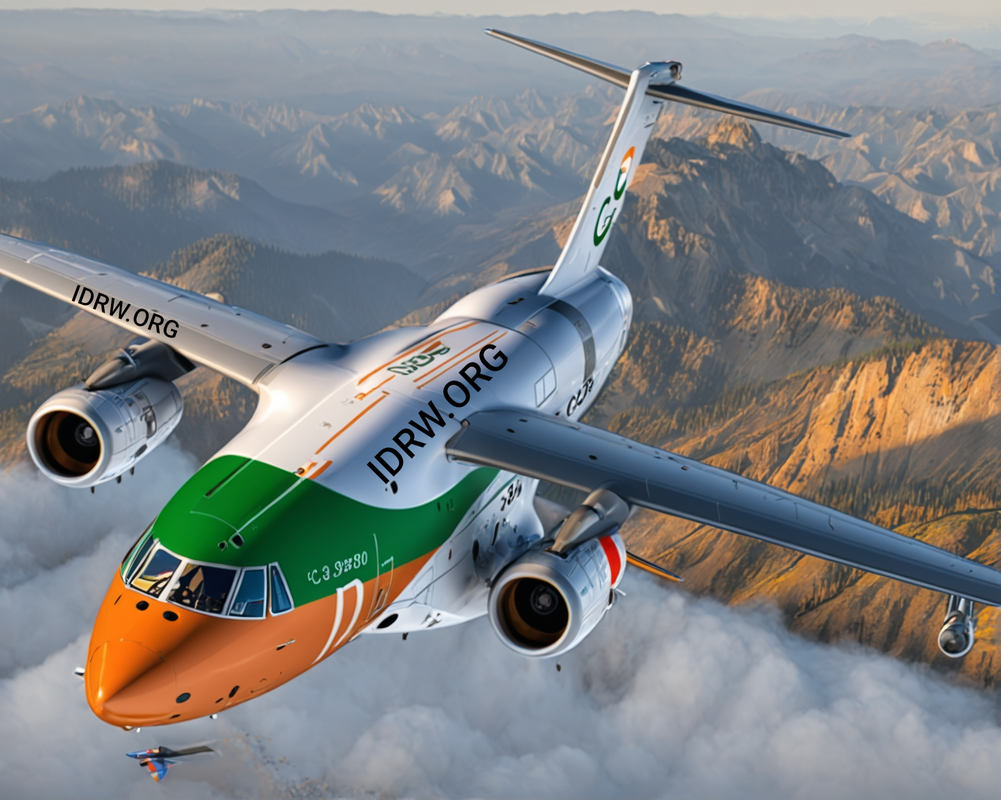

Embraer, the Brazilian aerospace giant, has assured the Indian Air Force (IAF) of a high operational serviceability rate for its C-390M transport aircraft. This assurance is crucial as the IAF is considering the C-390M for its Medium Tactical Transport (MTA) tender, which could potentially lead to an order for 60-80 units.
To guarantee a consistent supply of spare parts and maintain high serviceability, Embraer plans to establish a global supply chain in India in partnership with Mahindra Defence. This strategy aims to reduce reliance on parts sourced from Brazil, ensuring uninterrupted operations for the IAF’s fleet.
Continue readingSOURCE: RAUNAK KUNDE / NEWS BEAT / IDRW.ORG
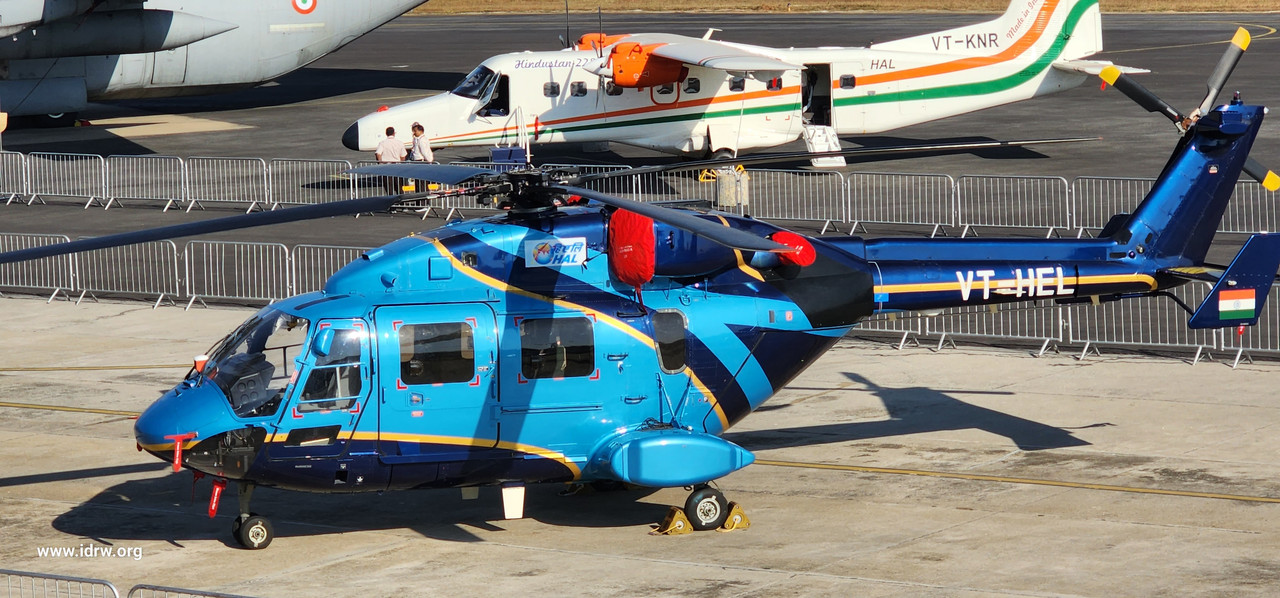

India’s state-owned aerospace giant, Hindustan Aeronautics Limited (HAL), has secured a landmark deal to supply Civilian ALH-Dhruv (Advanced Light Helicopter) helicopters to the Oil and Natural Gas Corporation (ONGC). The helicopters will be used to transport personnel and equipment to offshore oil rigs in the open seas, a crucial part of ONGC’s operational needs.
The deal, signed with Pawan Hans Limited (PHL), will initially see the procurement of 10 Civilian ALH-Dhruv helicopters, with the possibility of expanding the order to a total of 28 units in the coming years. This move is part of HAL’s efforts to bolster its presence in the civilian aviation sector, particularly in areas requiring specialized, rugged helicopters for challenging environments like offshore oil fields.
Continue readingSOURCE: IDRW.ORG


Defence expert Ranesh Rajan while speaking to idrw.org has cautioned India to be wary of shell companies expressing interest in purchasing T-72 tanks from the country. This warning comes as the Indian Army prepares to retire and potentially export several hundred T-72s amidst a global rise in demand for tanks.
The Indian Army currently operates around 2,500 T-72 tanks, some dating back to the late 1970s. These tanks have served alongside over 1,000 T-90s. This once made India the world’s largest operator of both tank classes, which benefit from significant interoperability due to the T-90 being a modernized derivative of the T-72.
Continue readingSOURCE: IDRW.ORG
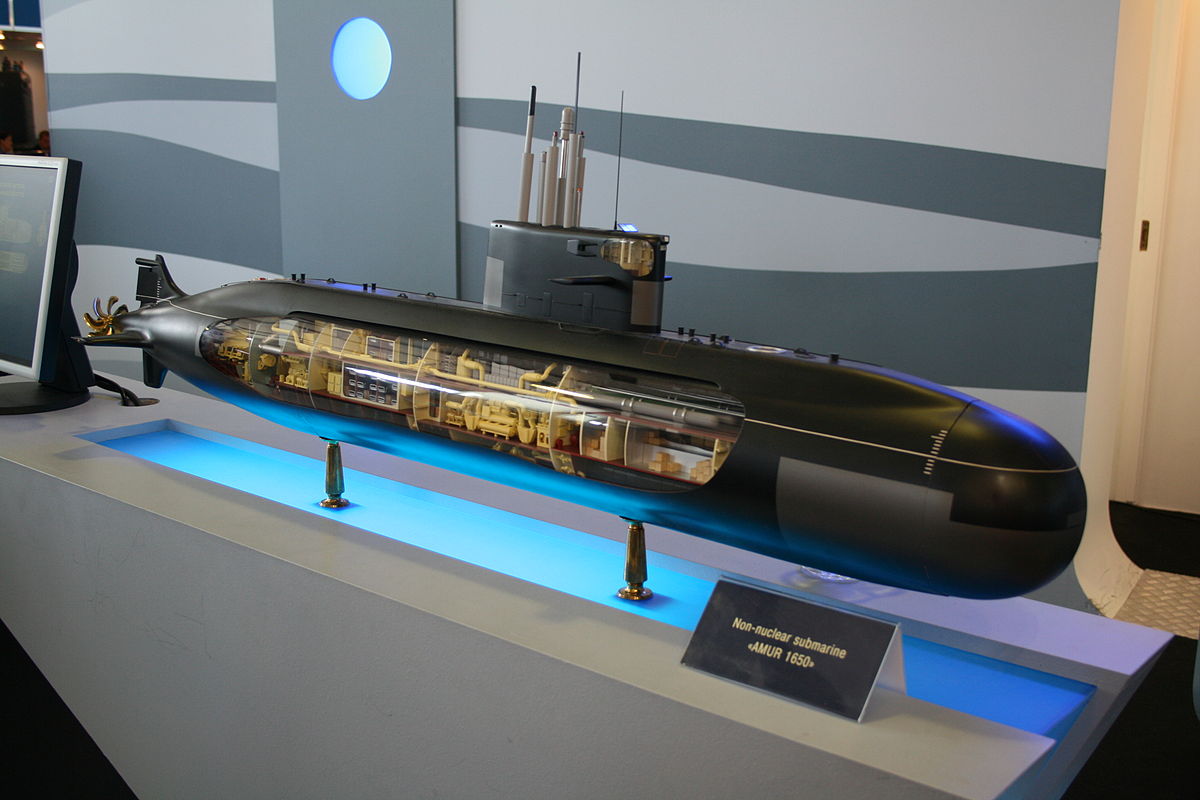

Mr. Igor V. Vilnit, CEO of Rubin Design Bureau, Russia, has expressed a willingness to collaborate with Indian industry and the Navy on Project 75I, aligning with India’s “Make in India” and “Self-Reliant India” policies.
In 2022, Russia withdrew from the Indian Navy’s tender for the construction of six advanced submarines under Project 75I, citing an inability to meet the project’s stringent terms and conditions. The estimated cost of the project was over ?40,000 crore.
Continue readingSOURCE: RAUNAK KUNDE / NEWS BEAT / IDRW.ORG
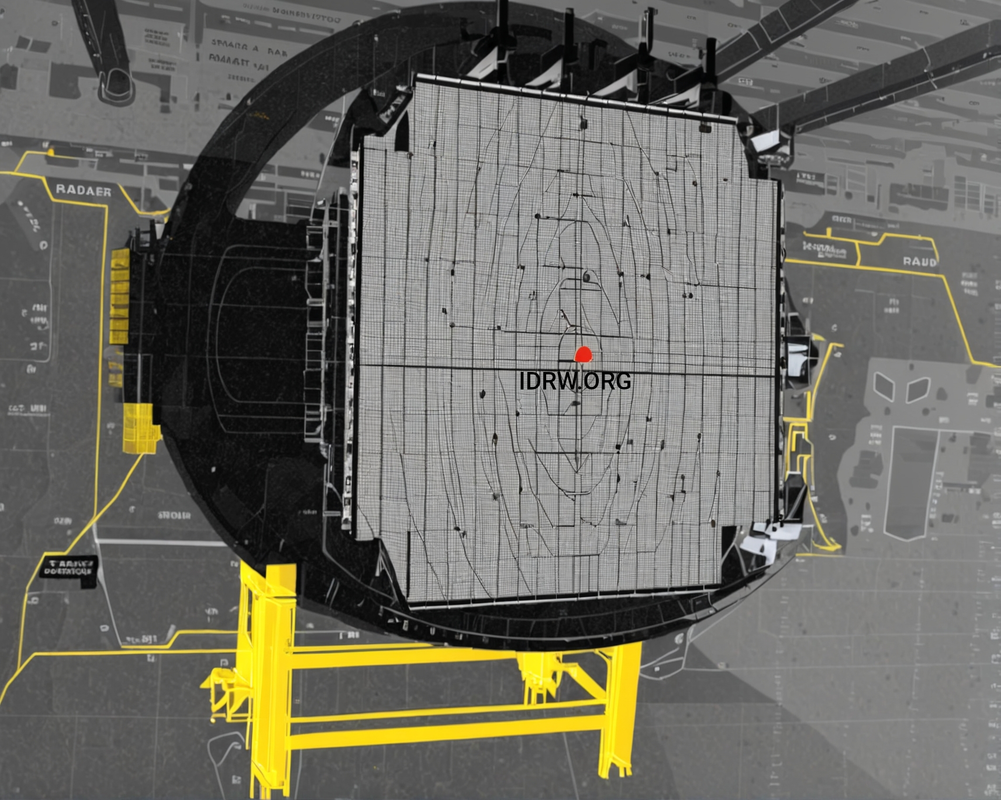

The Indian Ministry of Defense (MoD) has reportedly rejected the Indian Navy’s proposal to equip its Rafale M fighter jets with the DRDO-developed Uttam Fire Control Radar (FCR). The Navy had sought this upgrade to maintain commonality with the MiG-29K and the upcoming Twin Engine Deck Based Fighter (TEDBF) program, both of which are slated to receive the same radar.
The decision to reject the Uttam FCR integration has sparked controversy. While the RBE2 radar on the Rafale M boasts 838 GaAs T/R modules, the Uttam FCR AESA offers 968 TR modules. Although this difference may seem marginal, the Uttam FCR’s local development provides the Navy with greater control over weapons integration, eliminating the need to rely on OEMs like Thales and Dassault for costly upgrades.
Continue readingSOURCE: RAUNAK KUNDE / NEWS BEAT / IDRW.ORG


The Defence Research and Development Organisation (DRDO) has made significant strides in developing a dual-flow automatic loader for its new-generation tank. This innovative system will significantly enhance the tank’s firepower and reduce crew risk.
The dual-flow automatic loader features a conveyor in the hull capable of holding 24 rounds. An additional 16 rounds are stored in a second conveyor in the turret. This dual-storage system ensures a continuous supply of ammunition to the main gun, allowing for sustained firing without manual reloading.
Continue readingSOURCE: RAUNAK KUNDE / NEWS BEAT / IDRW.ORG
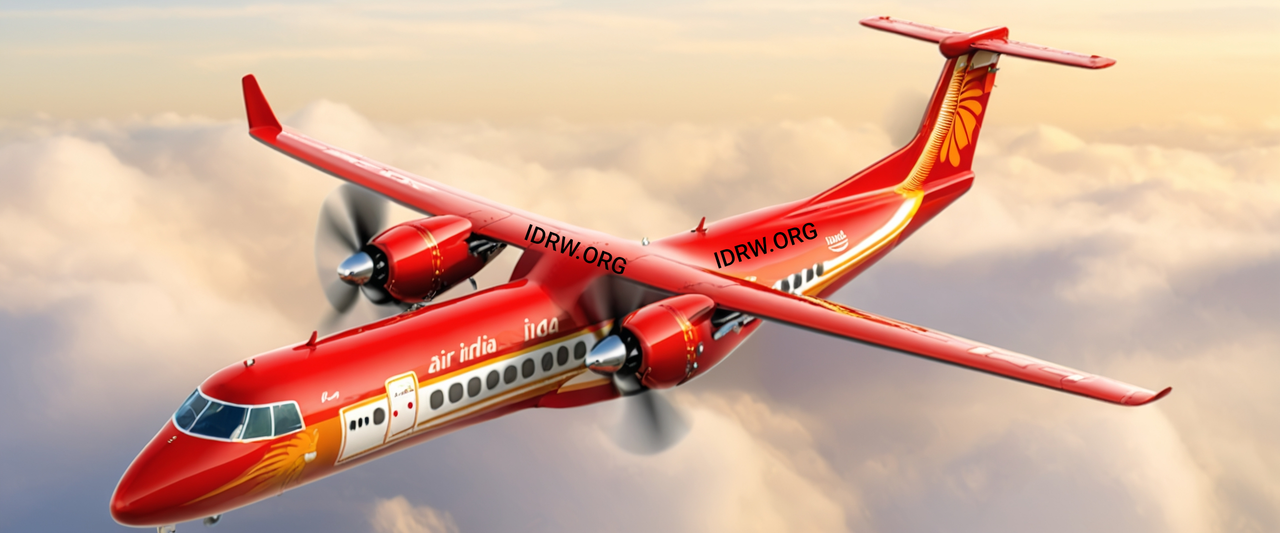

The proposed civilian HAL/NAL Regional Transport Aircraft-90 (RTA-90) program has encountered a potential hurdle with the Indian Air Force (IAF) expressing reservations about its military utility. While the Ministry of Defence (MoD) is considering greenlighting the project to develop a commercial plane for the UDAN program connecting smaller Indian cities, the IAF remains unconvinced about its suitability for military applications.
A senior IAF officer, speaking anonymously to idrw.org, highlighted the limited utility of a military cargo variant derived from the RTA-90 design.
Continue readingSOURCE: IDRW.ORG TEAM
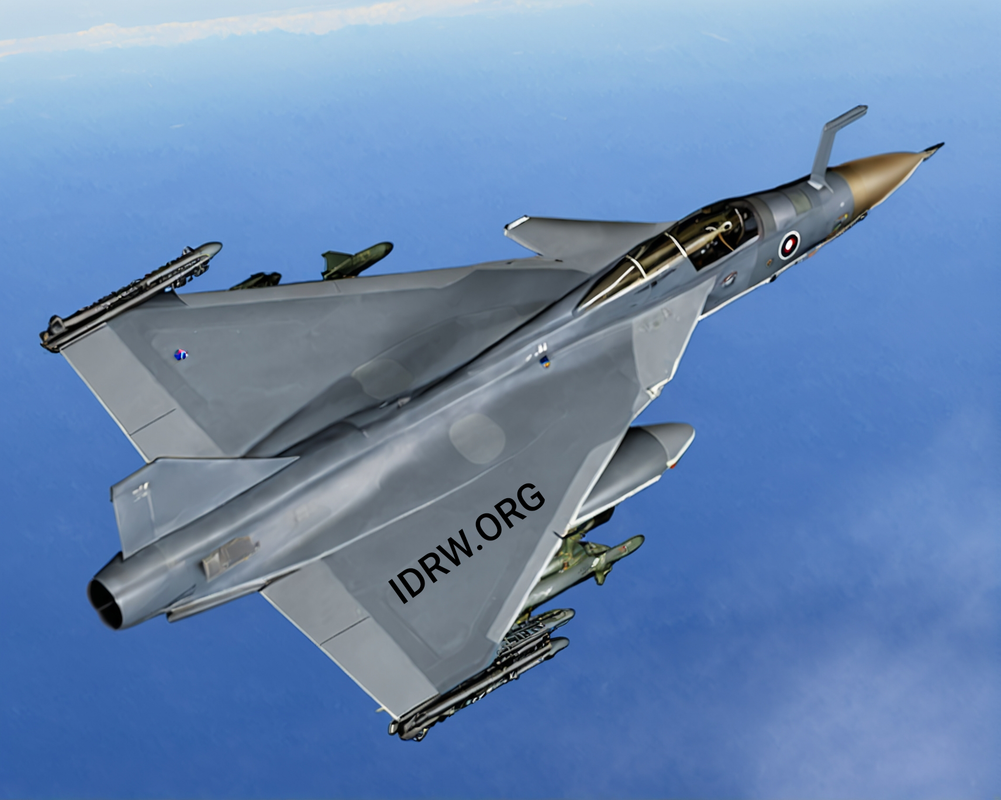

The much-awaited rollout of the Tejas Mk2 fighter jet has been rescheduled for March 2026, according to sources close to idrw.org. This revised timeline indicates a positive development in the program, with assembly of the first prototype set to begin soon.
According to Prabhulla Chandran VK, director of avionics and weapons systems at the Aeronautical Development Agency (ADA), the rollout of the first Tejas Mk2 prototype will occur approximately 18 months from now, placing it in March 2026. This timeline aligns with the program’s original first flight schedule, which was also targeted for 2026. Following the rollout, the Tejas Mk2 will undergo a series of crucial tests, including low and high-speed taxi trials, system checks, and ground engine runs, before receiving clearance for its maiden flight.
Continue reading